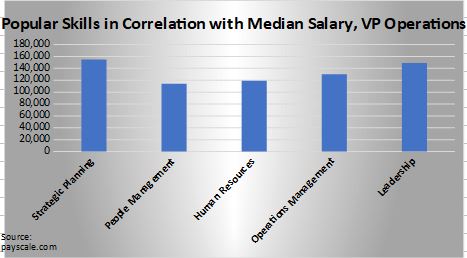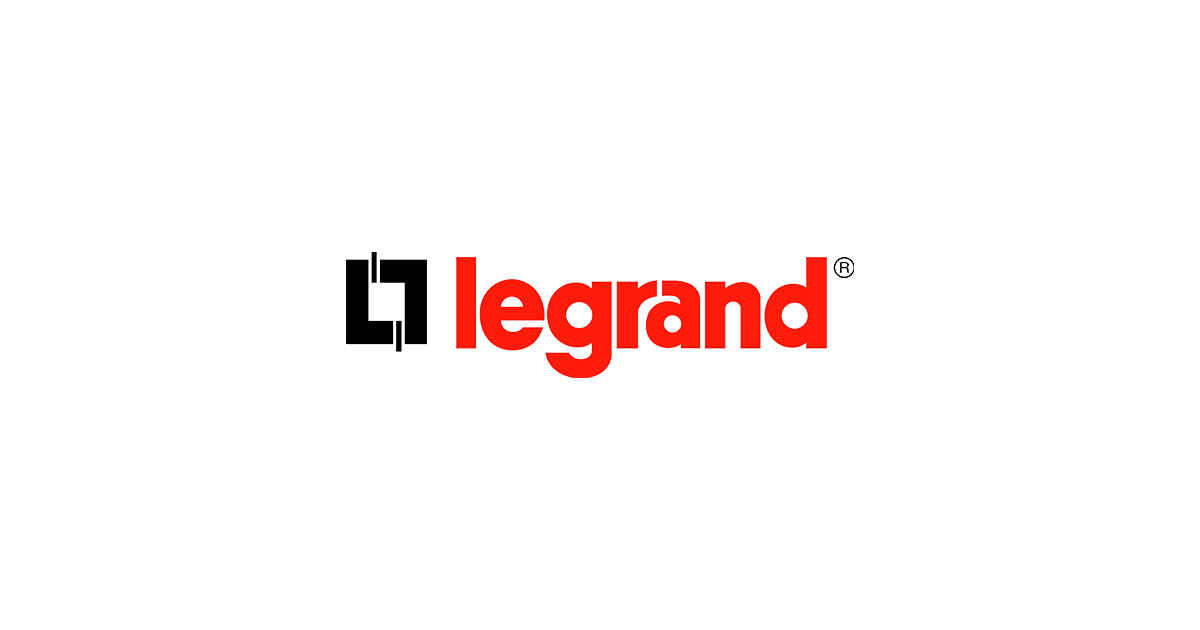How Zone Cabling Supports Workspace Reconfiguration for Physical Distancing

Nov 1, 2020
By Daniel Charles
It might be hard to picture now, but there will come a day (presumably) when most of us return to the office to work at least a few days a week.
For a variety of reasons, not all jobs can be done remotely forever. Consider payroll, for example. Many organizations are anxious to make sure these professionals can work onsite at least part of the time due to potential cybersecurity issues, the importance of their roles, and the sensitivity of the information they work with.
But preparing for a safe return to work requires lots of planning. As those who have headed into their offices already can attest, it isn’t as simple as sitting down at your old desk and starting your day.
Before employees are welcomed back, big changes are likely needed to enforce physical distancing, comply with local or national guidelines, and control COVID-19 spread. Workspaces need to be reconfigured, furniture needs to be moved and new policies need to be put in place. And no matter what your final return-to-work plan entails, it will probably change based on shifting requirements, employee health and your organization’s unique needs.
In open-office environments (which approximately 70% of organizations have, according to SHRM), this reconfiguration is even more of a challenge. In many instances, it’s not possible to simply spread desks apart. There may not be room, and many of today’s collaborative work areas can’t easily be broken down into individual spaces.
Here are a few examples of things that may need to be addressed in an open office:
• stacking workspaces side by side
• sharing connected tables among a group of collaborative workers
• close back-to-back and face-to-face configurations
• the lack of partitions, barriers or panels between workspaces
• desks located near air-conditioning exhaust diffusers/dampers
To make sure employees are safely spread out, some workers may even be moved into areas being redesigned for work: cafeterias, lounges, gyms, breakrooms, meeting rooms, etc.
Considering connectivity amid reconfiguration
Rethinking spaces to improve safety and hygienics also brings new connectivity challenges to the forefront:
• Workstations can’t just be set up anywhere. They need to be located close to workstation outlets to stay connected.
• Moving connectivity to the ceiling (a digital ceiling concept) instead of fixed connectivity in the walls may be more desirable, allowing employees to connect quickly without worrying about whether they’re close to an outlet.
• More wireless devices will likely be deployed, which will require more wireless access points.
An important note: Although offices are heavily impacted, they aren’t the only building types having to rethink configurations due to COVID-19. Hospitals, restaurants, bars and schools are all having to alter layouts to maintain physical distancing, ensure safe pedestrian flow and separate COVID-19 patients from others.
Zone cabling supports more flexibility
We’ve talked about zone cabling in terms of how well it supports a mobile workforce, but it’s also a cabling approach that can help businesses, restaurants, hospitals and schools be more flexible in setting up spaces to accommodate physical distancing.
In a traditional home-run design, the horizontal cables running to each outlet may need to be moved or removed when it’s time for moves, adds and changes (MACs).
With zone cabling, cables are run from the telecommunications room to ceiling consolidation points located within “zones,” which are reflected in the telecommunications room as well. Consolidation points allow easy connection of any system or device. Cables don’t need to be removed or taken back to the telecommunications room.
Instead of handling a horizontal cable run, you’re working with a 10 m or 15 m cable. You can also leave in place the cable running from your data centre or telecommunications room to the consolidation point, streamlining the MAC process and reducing labour.
Infrastructure utilizing a zone cabling design will have much more flexibility in terms of how to set up spaces for physical distancing. Spreading out desks, relocating workspaces and transforming new spaces into work zones can be done much faster and easier.
If your space doesn’t deploy a zone cabling architecture, it may be worth considering to make MACs easier and ensure that you can support flexible connectivity in the future without lots of rework or labour.
REVConnect and zone cabling
Belden’s REVConnect connectivity line is ideal for supporting versatility in applications relying on zone cabling. It uses a quick and easy termination method for any IoT or PoE device that uses an RJ45 plug. It also allows for quick switchouts between jacks, plugs and couplers as needs and endpoint devices change (end-users can even make the changes themselves).
Specifically, the REVConnect Coupler works well with zone cabling. Its keystone footprint can be used in patch panels or preloaded patch panels. REVConnect pre-terminated assemblies are also a good match for zone cabling. Deploying a pre-terminated system feeds the panels in consolidation points to save time.
This article was first published online by Belden; https://www.belden.com/blog/smart-building/why-fiber-support-5g-networks. Daniel Charles has been with Belden since 2014, serving in a variety of product specialist roles. Today, Daniel is one of Belden’s global product managers for copper connectivity. In this role, he introduces functional, innovative and time-saving connectivity solutions that meet customers’ bandwidth and budget requirements. Daniel graduated from HEC Montréal in 2011 with a degree in operations management and international business.
















